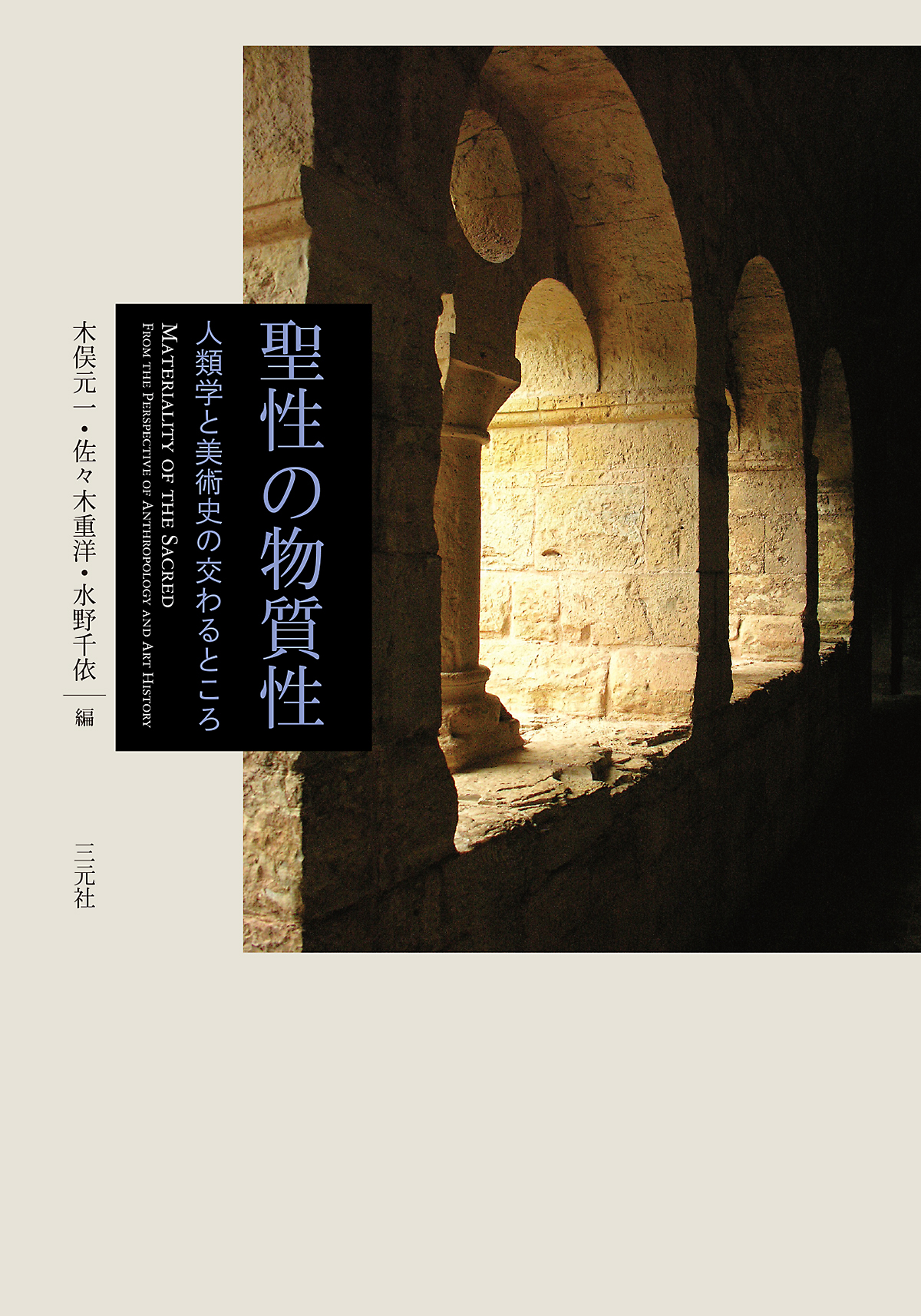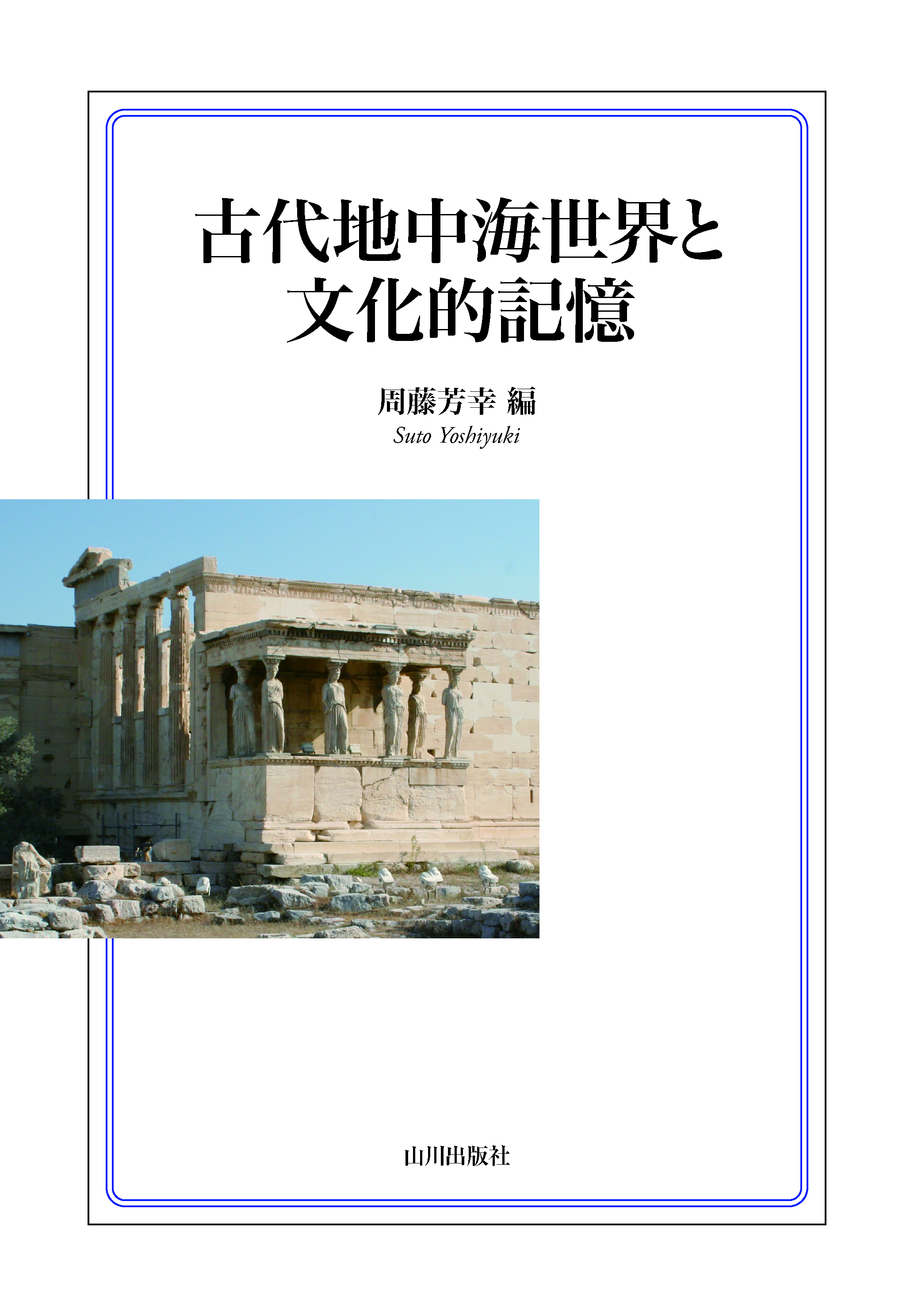
Title
Seisei no Busshitsusei (Materiality of the Sacred - The Intersection between Anthropology and Art History)
Size
680 pages, A5 format, hardcover
Language
Japanese
Released
March 31, 2022
ISBN
978-4-88303-548-9
Published by
Sangensha Publishers Inc.
Book Info
See Book Availability at Library
Japanese Page
Over the past few decades, art history and anthropology have engaged closely with each other through continuing efforts aimed at mutual understanding (or mutual criticism). One of the leaders of such efforts on the art history side, Hans Belting, passed away January 2023. More than 40 years have passed since he wrote The End of the History of Art? in 1983 (Japanese translation published in 1991). As suggested by its provocative title, the book challenged conventional art history focused only on so-called “works of art” as well as their stylistic development and iconographic interpretation. Although originally a scholar of Western medieval art, in his study of religious art, he encountered a wider range of “images” than so-called “works of art” such as paintings and sculptures and examined the various “powers” and media possessed by these images. To this end, he employed methods from cultural anthropology to study the entirety of human life in a given period (An Anthropology of Images, originally published in 2001; Japanese translation published in 2014).
Around the same time, “art” was starting to be actively discussed in the field of cultural anthropology. In this context, “art” does not mean “high art” in the Western sense but, rather, the wider range of material objects produced by different ethnic cultures. In his posthumous work Art and Agency (1998, not translated into Japanese yet), Alfred Gell referred to the power of “art” over its surroundings “agency” and analyzed the relationship between art and people and their surroundings.
The period following publication of Gell’s book saw a flourishing of interdisciplinary research spanning art history and cultural anthropology. On the art history side, it was scholars of Christian art, not just Belting, who were particularly enthusiastic in this endeavor. While denying the materiality of God, Christianity has no choice but to represent and worship sacred images in the form of material objects. As such, the materiality of the sacred, which is also the title of this book, represents an important issue for those scholars that is both conspicuously earnest and inevitable.
This book is based on a joint research project titled “The Meaning and Materiality of Images in Christian Art: Toward a New Conception of Iconography” (KAKENHI Grant-in-Aid for Scientific Research B, 2019-2023), led by principal investigator Motokazu Kimata, who is a specialist in Western medieval art history. In addition to project team members, contributors to the book include 15 researchers specializing in fields other than Christian art (by the way, I am one of the researchers who join at the book’s publication stage). The book consists of two keynote papers in Part I followed by 23 essays, grouped into five sub-themes, that are loosely connected to the main theme of “sacredness and materiality.” If the reader finds it difficult to get through Part I from the start, it is suggested that they choose one of the sub-themes and read through all of the essays on that sub-theme first. You may be pleasantly surprised by how people have perceived objects in completely different regions of the world and at different times and how this is analyzed by researchers, which is the true joy of interdisciplinary research.
(Written by HAGA-SENGOKU Kyoko, Professor, Graduate School of Humanities and Sociology / 2023)



 Find a book
Find a book






